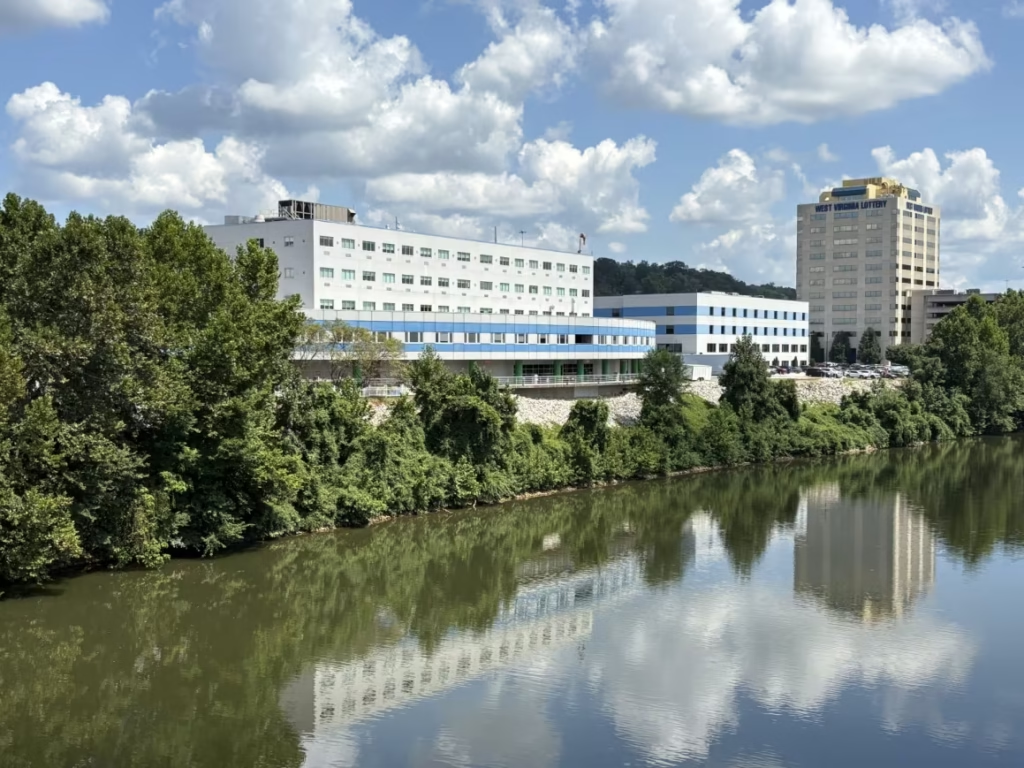A new nationwide assessment shows that more than 170 hospitals across the United States are at risk of major flooding, exposing serious weaknesses in the nation’s healthcare infrastructure. Many of these facilities sit outside officially designated flood zones, meaning they were never built with modern flood prevention measures in mind.
Experts warn that even minor flooding could disrupt critical systems including electricity, water supply, and emergency access routes. When these hospitals flood, ambulances are diverted, surgeries delayed, and patients relocated—all at the worst possible time. In rural areas, the impact can be devastating, as one hospital may serve an entire region.
Climate change is intensifying storms and raising the risk of extreme weather events, making these vulnerabilities harder to ignore. Many hospitals were designed decades ago when climate conditions were far less severe. Outdated infrastructure, low elevation, and proximity to rivers or coastlines make them particularly susceptible to water damage.
Flooding can destroy medical equipment, contaminate water systems, and cause long-term closures. Recovery costs can run into millions, with some hospitals never reopening. This growing threat has sparked calls for urgent investment in flood mitigation strategies such as raised foundations, waterproof power systems, and reinforced barriers.
Healthcare leaders are also urging collaboration between hospitals, local authorities, and emergency agencies to improve flood preparedness. Updated risk maps, regular emergency drills, and financial support for retrofitting older buildings are among the top recommendations to protect critical care centers.
If no action is taken, future floods could jeopardize not only hospital buildings but also the lives of patients who depend on timely care. Strengthening hospitals against natural disasters is no longer optional—it is essential for safeguarding public health.


